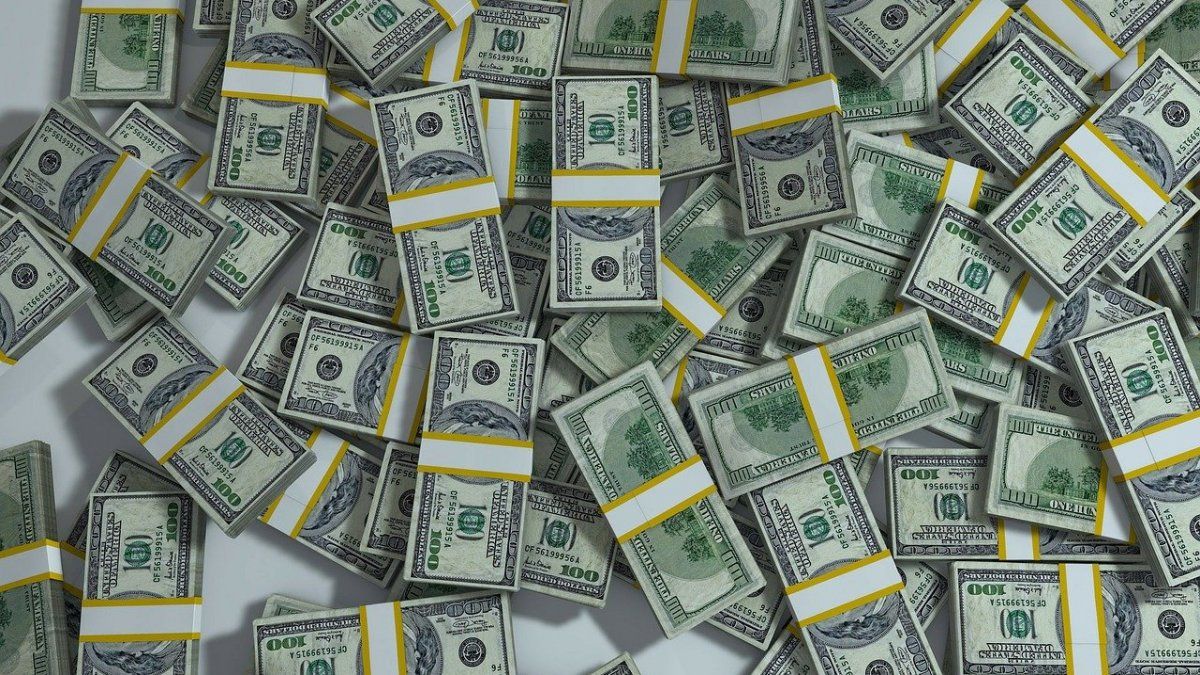After a period of calm, in the last rounds, greater volatility was seen again in financials and blue. The factors that will affect prices, according to analysts.
Volatility in stock prices parallel dollars was revived in the last wheels as the approaching runoff and awakens greater uncertainty regarding the political and economic direction in a complex context of currency shortage and high inflationwhich enhances the dollarization of wallets. In this framework, the gap with the official one, which remains fixed at $350 since PASSED, It reached 160% average. Despite this dynamic, the Government did not increase its intervention in the exchange marketunlike the last few months. What do analysts expect for the last five rounds before the electoral definition?
The content you want to access is exclusive to subscribers.
Last week, the financial dollars they rose 1% CCL and 4.6% MEP, Meanwhile he blue rose 3.6%. Thus, the exchange gap ended between 150% and 174%, depending on the alternative exchange rate taken. The biggest increases were seen in the wheels on Thursday and Friday.


Regarding the slight movement that the CCL dollar had, since Consultation They highlighted: “After having reached a record gap in the run-up to the general elections, in recent weeks the trend slowed. Although they remain at a very high level, it reflects a lower level of panic. In addition, technical market factors such as the liquidation of exports throughout the month, the regulatory ‘freezer’ of the operations of CCL that limit the daily amount to $200 million and the liquidation of dollars resulting from the tender of 5G carried out by the Government.”
On the other hand, the net international reserves of the central bank They fell to a new historical low of negative US$10.6 billion after the Government made an interest payment of around US$800 million per month. IMF (added to the payment of maturities for US$2.6 billion at the end of October). In this context, since IEB Group they point out that the benchmark calculated for the CCL from the balance of the BCRA showed a value of $1,249, driven by the deterioration of the monetary authority’s balance sheet and the decline in the CCL in the last days.
“With current values, this implies a deviation of 48% between the benchmark and the market value for the CCL, matching the historical maximum reached last July and making it clear that the recent movements in dollars do not respond to an improvement in the BCRA’s accounting situation. This, added to the increase in demand for coverage in a period of high uncertainty with the runoff as the protagonist, could increase pressure on financial exchange rates in the coming weeks,” highlighted the IEB Group.
Expectations
Moving forward, the economist Federico Glustein pointed out that “In these days of electoral uncertainty, it is most likely that parallel dollars will have slight increases as a result of a demand for coverage.” And he added: “The different surveys do not give a clear winner, so the market is looking for attractive refuges. “We must add the enormous commercial debt that produced a fall in several areas of the economy that depend on imported goods and that are currently demanded by other markets so as not to completely stop activity.”
Also, since Consultatio They considered: “With a few days left until the second round, anticipating the direction the market will take is difficult, especially if we consider the multiple restrictions that the operations of the main hedging assets currently have. What cannot be ruled out is that, in a context of uncertainty (both political and economic), the pressure on the exchange gap is exacerbated by the dollarization of portfolios that is common in the run-up to any election.”
On the other hand, regarding the intervention of the Government to contain the financial quotes, from Ecolatina They highlighted: “Despite the recent extension of the swap with China for some US$6.5 billion In mid-October, the yuan traded in the electronic open market (MAE) are at their lowest level in 2023, approaching US$5 million per day. This figure is below the daily peaks of US$60 million in June and July. We estimate that the Government’s strategy consists of limiting the use of yuan for the runoff to have those currencies to face exchange pressures in an eventual transition or even in the bridge until the heavy harvest.”
Source: Ambito




